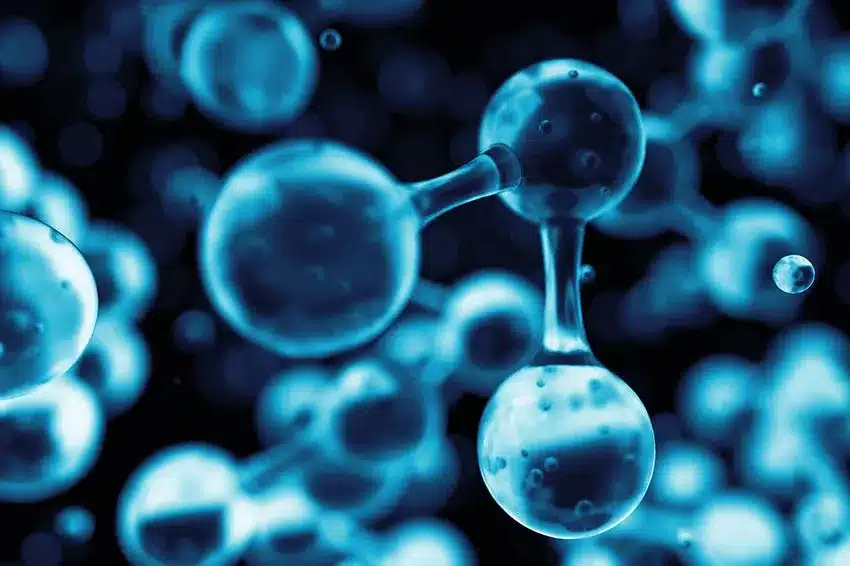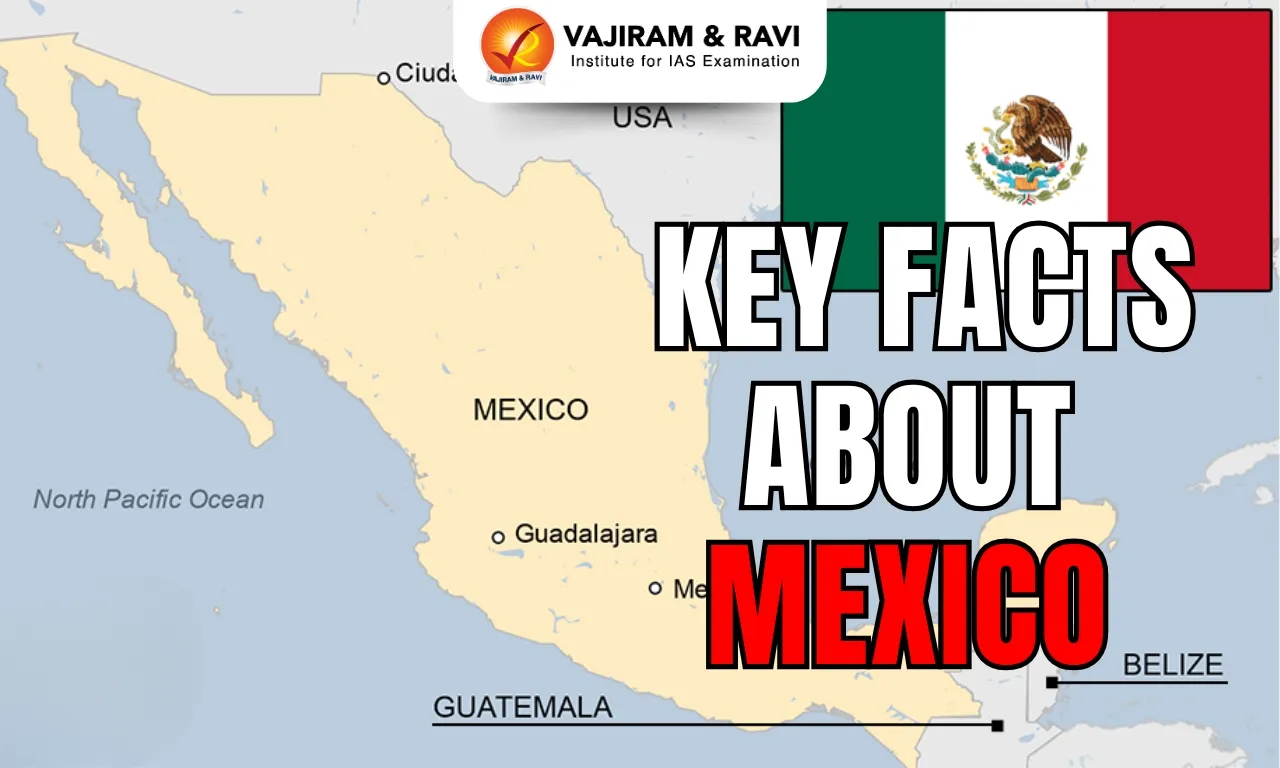About Peptides:
- Peptides are chains of amino acids that are naturally found in the body.
- The amino acids in a peptide are connected to one another in a sequence by bonds called peptide bonds.
- Peptides vs. Protiens:
- Proteins and peptides are fundamental components of cells that carry out important biological functions.
- Typically, peptides are distinguished from proteins by their shorter length, although the cut-off number of amino acids for defining a peptide and protein can be arbitrary.
- Traditionally, peptides are defined as molecules that consist of between 2 and 50 amino acids.
- Meanwhile, proteins are long molecules made up of multiple peptide subunits, and are also known as polypeptides.
- In addition, peptides tend to be less well defined in structure than proteins, which can adopt complex conformations known as secondary, tertiary, and quaternary structures.
- Proteins can be digested by enzymes (other proteins) into short peptide fragments.
- Functions of Peptides:
- The body makes lots of different peptides, each of which has a different role.
- They may provide pro-aging support, anti-inflammatory, or muscle-building properties.
- Some peptides act as hormones, which are molecules, that when released from cells, affect other areas of the body.
- Due to the potential health benefits of peptides, many supplements are available that contain peptides that manufacturers have derived either from food or made synthetically.
What are Amino Acids?
- Amino acids are molecules that combine to form proteins.
- Amino acids and proteins are the building blocks of life.
- There are 20 different amino acids.
- A protein consists of one or more chains of amino acids (called polypeptides) whose sequence is encoded in a gene.
- Some amino acids can be synthesized in the body, but others (essential amino acids)cannot and must be obtained from a person’s diet.
The nine essential amino acids are: histidine, isoleucine, leucine, lysine, methionine, phenylalanine, threonine, tryptophan, and valine.
Q1: What is a Gene?
A gene is the basic physical and functional unit of heredity. Genes are made up of DNA. Some genes act as instructions to make molecules called proteins. However, many genes do not code for proteins. In humans, genes vary in size from a few hundred DNA bases to more than 2 million bases.
Source: Newly Discovered Peptide Could Treat Incurable Bacterial Infections
Last updated on December, 2025
→ Check out the latest UPSC Syllabus 2026 here.
→ Join Vajiram & Ravi’s Interview Guidance Programme for expert help to crack your final UPSC stage.
→ UPSC Mains Result 2025 is now out.
→ UPSC Notification 2026 is scheduled to be released on January 14, 2026.
→ UPSC Calendar 2026 is released on 15th May, 2025.
→ The UPSC Vacancy 2025 were released 1129, out of which 979 were for UPSC CSE and remaining 150 are for UPSC IFoS.
→ UPSC Prelims 2026 will be conducted on 24th May, 2026 & UPSC Mains 2026 will be conducted on 21st August 2026.
→ The UPSC Selection Process is of 3 stages-Prelims, Mains and Interview.
→ UPSC Result 2024 is released with latest UPSC Marksheet 2024. Check Now!
→ UPSC Prelims Result 2025 is out now for the CSE held on 25 May 2025.
→ UPSC Toppers List 2024 is released now. Shakti Dubey is UPSC AIR 1 2024 Topper.
→ UPSC Prelims Question Paper 2025 and Unofficial Prelims Answer Key 2025 are available now.
→ UPSC Mains Question Paper 2025 is out for Essay, GS 1, 2, 3 & GS 4.
→ UPSC Mains Indian Language Question Paper 2025 is now out.
→ UPSC Mains Optional Question Paper 2025 is now out.
→ Also check Best IAS Coaching in Delhi

















